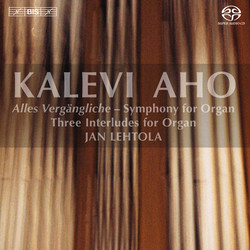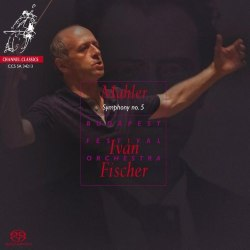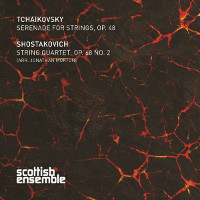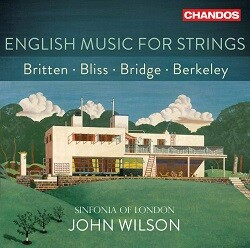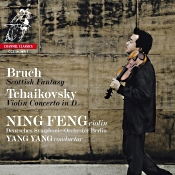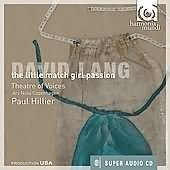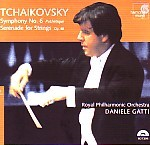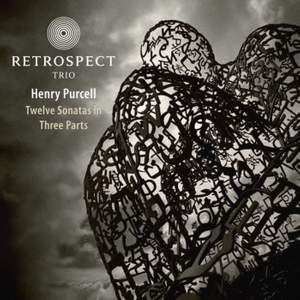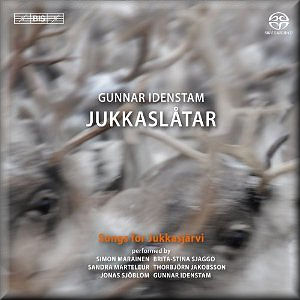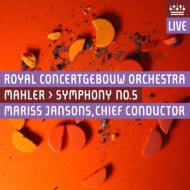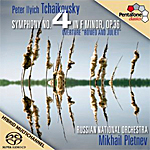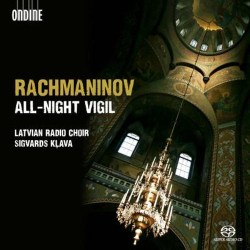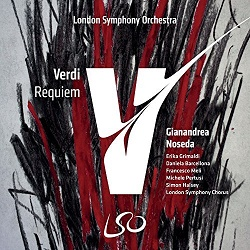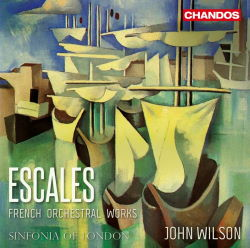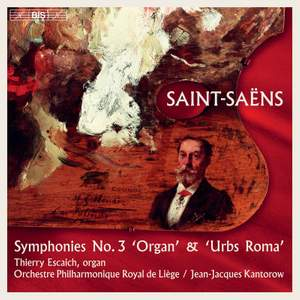Hi Guys
Just to share. Someone who has recently acquired an EMM Labs DV2 posted the following on a forum (Head-Fi, July 16, 2022):
"Hey gang, I just acquired a DV2 and NS1. Before taking that plunge, I auditioned the combo in my system, against my dCS Rossini (which is Ethernet connectable). As can be gleaned from my purchase, the DV2/NS1 combo beat my Rossini & its outboard clock. It should be noted that I used both the Rossini and now the DV2 to directly drive my tube amps and speakers.
As I'm sure most of you know, Mr. Meitner was in the studio digital business before PC audio was a thing. Because of this and me being an early adopter of PC Audio, Ed and his products have always been on my radar and short list. Because I wanted Ethernet connectivity and a DAC with a pre-amp capable of superbly driving my amps, until the DV2, EMM wasn't in competition when I bought the Rossini. Now, I'm so glad I've had a chance to sample and own Ed's and EMM Labs' great work.
By comparison to the Rossini, the DV2 had a better and more immersive soundstage, it was more musical with greater detail retrieval. The latter two are oftentimes in competition -- i.e., you get one, but not so much the other. That wasn't so with the DV2. With DAC's at the dCS and EMM level, a great frequency response is a given. However, what for me separates a good DAC from a really great one, is how good the illusion is of being at the studio or hall -- i.e. the performance! Although it's obviously not possible, I liken the illusion to being in the music, verses simply being a voyeur. The closer I feel like I'm in the hall, or the studio -- in the music, the better. After owning a Lampizator Big7 and then a Lampi Golden Gate and of course the Rossini for 3+ years, the DV2/NS1 are providing the best digital I have ever heard in my room!"
